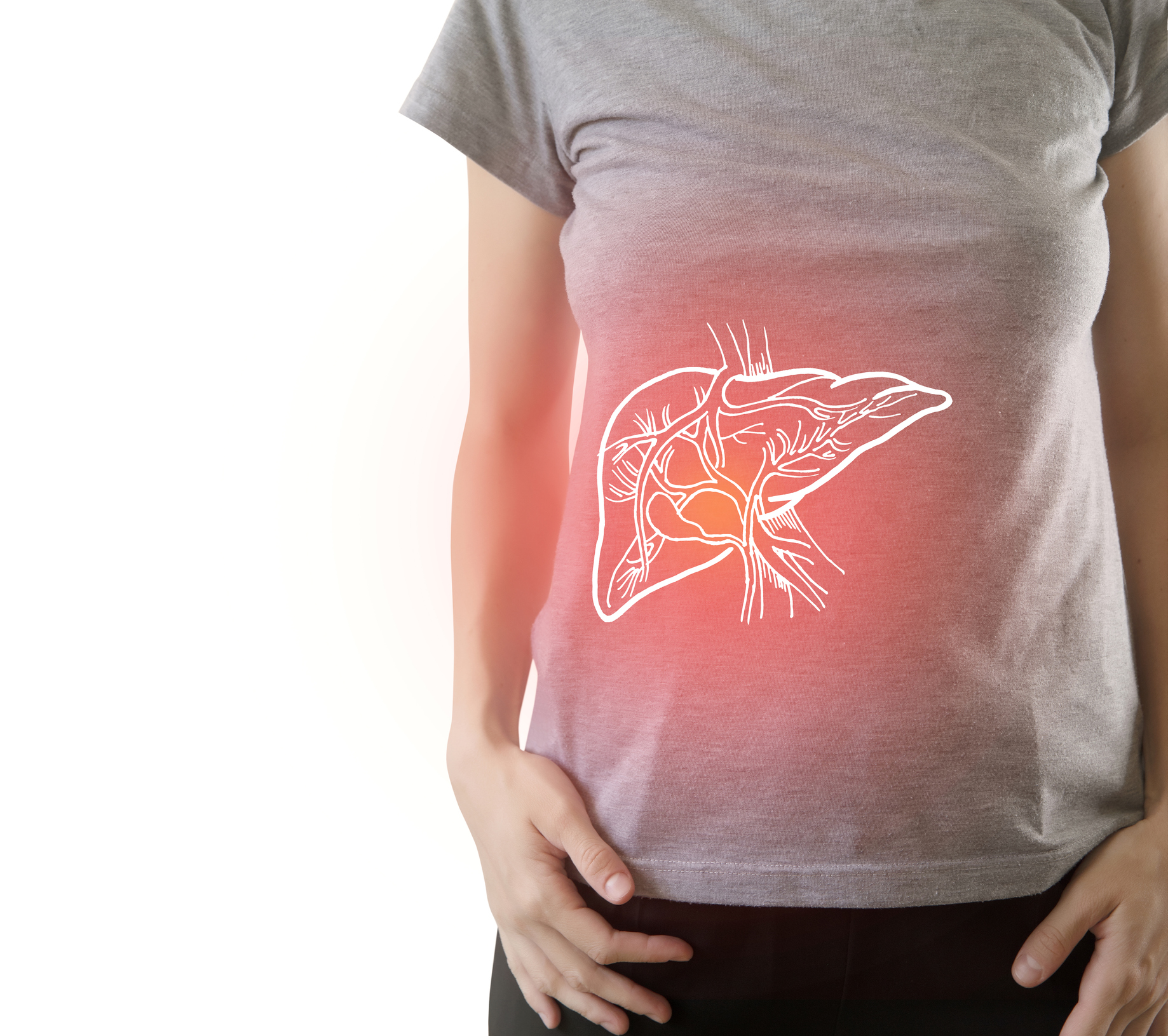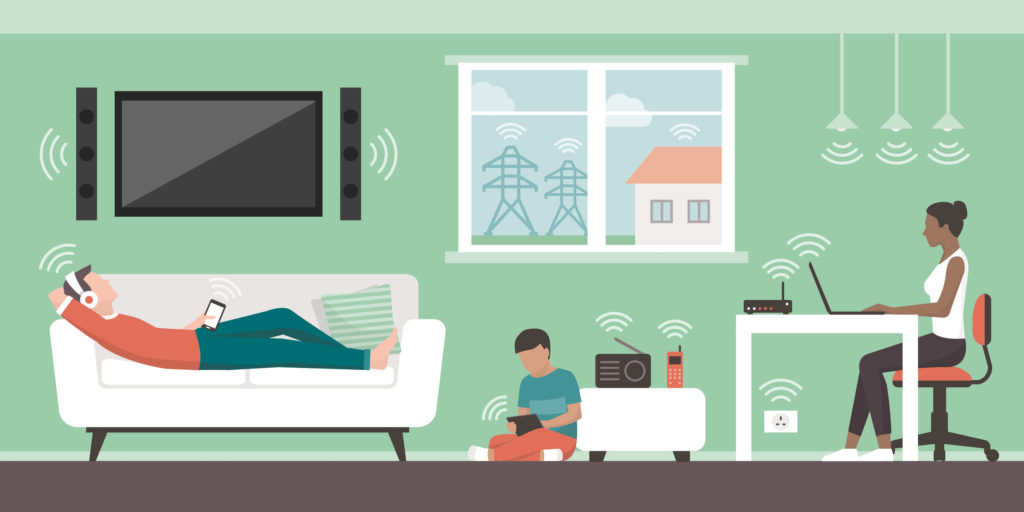The initiation phase begins with a local dispatch of immune cells at the site of damage, which sounds the alarm, igniting inflammation within the surrounding tissue. Once the threat of infection or damage is neutralised, the resolution response is activated, calming the initial phase of inflammation and facilitating cellular repair and recovery.
Unresolved Issues
The transition between initiation and resolution is required to complete the cycle of inflammation and to promote healing. However, for some people, this transition fails to occur, leading to a chronic, sustained inflammatory response. This keeps the body in the initiation phase where it cannot resolve inflammation; like a loud alarm system with a broken ‘deactivate’ button. The result? A state of unremitting inflammation that keeps the body in a cycle of tissue damage, preventing recovery.
However, for some people, this transition fails to occur, leading to a chronic, sustained inflammatory response. This keeps the body in the initiation phase where it cannot resolve inflammation; like a loud alarm system with a broken ‘deactivate’ button.

A Remedy for Resolution
If you or someone you know suffers from an inflammatory condition (such as arthritis), you will no doubt be aware of the frustration that comes from persistent symptoms, despite your efforts to find a solution. You may be doing all the right things, taking the right medications, taking steps to improve your diet, exercise and sleep, while proactively managing your stress. However, if the resolution of inflammation is impaired, you will continue to experience symptoms, as the inflammatory response cannot be ‘deactivated’. It’s no wonder that cutting-edge research in the field of inflammation resolution is turning heads, particularly in regards to a group of compounds called specialised pro-resolving mediators (SPMs).
Send in The SPMs
As their name suggests, SPMs trigger or ‘deactivate’ the resolution phase of inflammation in the body, which are produced from omega-3 fatty acids, (EPA) and docosahexaenoic acid (DHA). Like a half-time speech that inspires a triumphant victory, SPMs motivate the immune system to promote resolution. In the initiation phase, white blood cells are known as macrophages actively destroy problem microbes and clear the excess of immune cells released during inflammation. However, in the resolution phase, SPMs reprogram these macrophages, switching their game plan from offence to defence to help regenerate and repair damaged tissue. This results in resolution, relief and recovery.
So why, if the body can produce SPMs, does inflammation remain unresolved? Research tells us that the body’s ability to produce SPMs is lower in conditions involving chronic inflammation, meaning that in highly inflamed individuals, the ability to resolve inflammation is likely to be impaired. Some pharmacological anti-inflammatories (even some used to treat inflammation) may also prevent SPM activity, as they inhibit inflammation preventing the body’s ability to activate the resolution phase. This is why supplements providing SPMs are an exciting development for chronic inflammation sufferers; as restoring SPM levels goes beyond the effects of conventional treatments to actively promote resolution and full circle recovery.
This is why supplements providing SPMs are an exciting development for chronic inflammation sufferers; as restoring SPM levels goes beyond the effects of conventional treatments to actively promote resolution and full circle recovery

Viva la Resolution!
Heralding a new era of healing, SPMs offer a beacon of hope for those suffering from chronic inflammation, offering a new solution for achieving resolution! For more information on natural management of inflammation, contact a Practitioner near you today.







